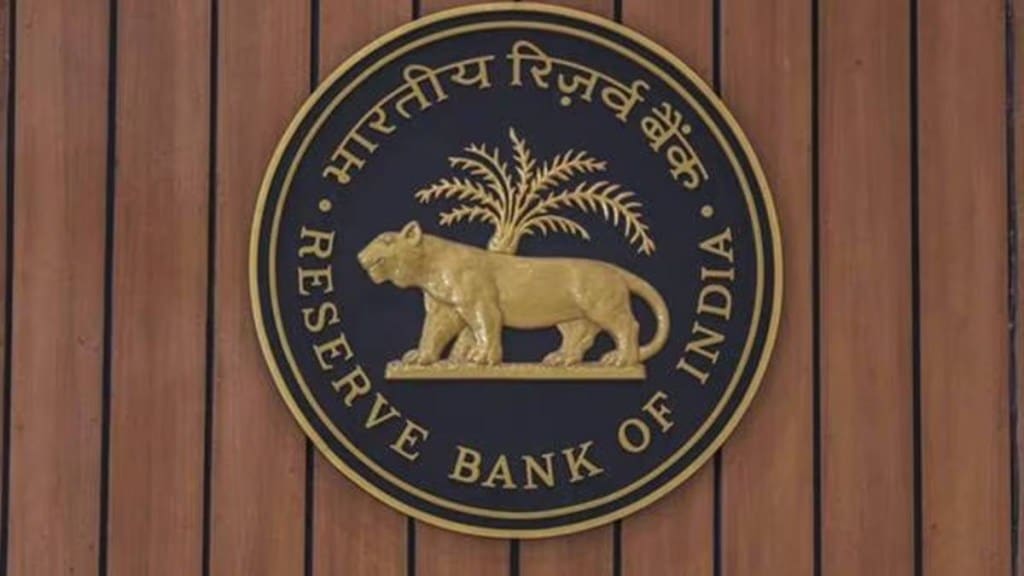Peer-to-peer(P2P) lending platforms are increasingly focussing on fixed-tenure products as the Reserve Bank of India(RBI) has expressed displeasure over liquid funds or instant withdrawal products. Industry sources say that a majority of customers have migrated to fixed-tenure products from liquid funds in recent months. As a result, the impact on the overall business of platforms is considered insignificant.
“In the last six-to-seven months, we have slowed down on instant withdrawal products. We will wind it up by March 31. We do not see any material impact on the business,” a senior official at a leading P2P platform said on condition of anonymity.
In January, the Association of P2P lending platforms in India asked its members to stop offering instant withdrawal products after March 31. LenDenClub, Liquiloans, Faircent and Lendbox are among the noteworthy P2P platforms in the country.
Following the industry-wide decision, Liquiloans has written to its business partners informing them that it would pause the instant withdrawal option for all new lenders. Various platforms are in the process of migrating existing customers to fixed-tenure products. Consumer facing platforms like Cred and BharatPe offer P2P as an investment opportunity for their users in partnerships with Liquiloans and LenDenClub.
“We guided all platforms to roll back the instant withdrawal feature. The idea was to migrate a majority of users to tenured products. Ultimately, the decision was taken unanimously for the betterment of the industry,” says Bhavin Patel, co-founder of LenDenClub and Vice-President, Association of P2P Lending Platforms.
“In the last three-to-four months, all P2P platforms have started focussing more on tenure based options for lenders. Now, we are seeing a majority of lenders opting for tenured products only,” he added.
This precautionary measure from P2P lending platforms comes in the backdrop of regulatory discomfort over some industry practices. At a public event in February, RBI Deputy Governor M Rajeshwar Rao called out instant withdrawal products as a breach of licensing conditions.
RBI’s ire was directed at risky P2P schemes that were designed and marketed like a fixed deposit, wherein, users can earn an interest for a period of time and instantly withdraw funds before maturity.
“During its audit inspections, the RBI has identified and emphasized instances where certain products violate licensing conditions,” Sunayana Basu Mallik, Partner, King Stubb and Kasiva, Advocates and Attorneys said, adding that the RBI advocates for P2P startups to confine their operations to facilitating connections between lenders and borrowers exclusively. These companies must refrain from developing intricate investment products, with a preference for transparent practices.
The RBI had laid out detailed regulations for the segment in 2017, with some revisions being introduced in 2019. But in the last 12-18 months, the P2P industry has been in a re-calibration phase as the central bank has been guiding platforms on various aspects of compliance. On the other hand, these entities have also sought clarity from RBI’s Department of Regulation on key issues like mechanism for auto-investing, re-investment, and whether lenders have the option to sell the underlying loan in the secondary market like in the case of other debt instruments. The Department of Supervision will also have to take a call on these practices.
According to norms, a lender is not allowed to invest more than Rs 50 lakh in a platform. The maximum investment amount for a single borrower is Rs 50,000. While the maximum maturity duration of the loan is 36 months, the average is around 12 months.
Currently, the size of the P2P lending industry is estimated at around Rs 7,000-8,000 crore. Liquid schemes comprise around 25-30% of overall disbursals.
“While 25-30% of the business was liquid funds, the remaining comprised fixed tenure products Even if there is a loss of 3-4%, it will not matter in the short-to-medium term as the overall industry is growing at a rapid pace,” the official quoted above said, while adding that instant withdrawal products are currently “on pause”.
Can liquid funds make a comeback?
P2P lending platforms have declined to comment on the future of the popular product. But, legal experts feel that while an enhanced RBI scrutiny presents a significant change for P2P lending platforms, it does not mark the end for liquid funds or similar investment products.
A key reason for this is the fact the RBI has not explicitly barred liquid funds through an order or direction. Rather, P2P platforms have voluntarily opted to pause liquid funds.
On the other hand, MVAC Advocates & Consultants Managing Partner Pratyush Miglani notes that that there remains a demand for liquidity and short-term investment options in the financial market. Hence, there may still be opportunities for the development of alternative liquidity solutions that adhere to regulatory frameworks and meet investor preferences.
Experts feel that P2P platforms may need to adopt a more cautious approach to product development and risk management, with a focus on ensuring transparency, fairness, and regulatory compliance in their operation. These entities will also need to may need to reassess their business strategies extensively.
“…Anyway, P2P lenders were not the only providers of liquid loans in the market, as the provision for liquid loans for borrowers predates the advent of P2P businesses,” says Khaitan & Co Partner Siddharth Srivastava.

